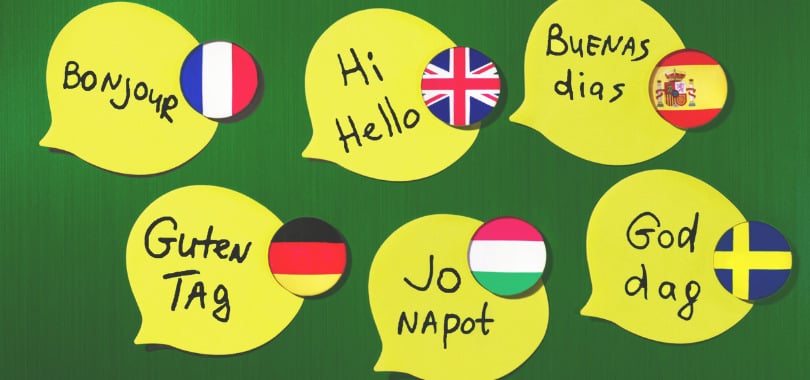
Flickr user US Department of Education
Teaching is not just about student supervision and inventing complex multiple-choice tests. It expands its reach far beyond that. The key idea behind educating students is to grow an intelligent and healthy community. To attain the goal, an educator needs to set priorities right and develop teaching methods and approaches based on them. As our age becomes extensively digitized, the value of teacher and student communication is also getting higher than ever before. This requires to bring about changes in education as soon as possible.
Being relatively new to tutoring, I’ve already noticed that today’s teaching has almost nothing to do with previously practiced teaching approaches. So, what has changed so far and which fundamentals are increasing in demand now? Here are some of my thoughts on the matter.
Letting Students Discover Things on Their Own
To my mind, shifting from a direct to indirect (or guided) teaching is essential. Benjamin Franklin once said, “Tell me and I forget, teach me and I may remember, involve me and I learn.” This is what the indirect approach is all about. The more the class is engaged in exploring something new on their own, the higher student academic achievements will be in the end.
Furthermore, when classroom activities are based on the material students already have a firm grasp of, their confidence becomes stronger enough to dive deep into the new topic even if it is rather complex to comprehend. The educator’s role here is to give the right directions and simplify the task by dividing it into smaller stages. The rest will be done by students. And believe it or not, the conclusions they will draw are sure to stay in their memories for a long time.
Initiating Interactive Activities to Increase Engagement
This is what I suggest my students do during each lesson. Having them all take part in interactive group discussions and exchange their life experiences proves to be very effective.
That’s why more and more educational institutions are replacing a teacher-centered approach with a student-centered one.
With so many interactive platforms at your fingertips, educators can enlarge the number of collaborative tasks by arranging them even during the out-of-classroom time. The only thing left for a teacher to do is to choose the simplest tool like Google Hangouts or WebEx Meeting Center and welcome students to participate in a real-time chat. By the way, the latter is a good fit for viewing videos too, which is also great for workshop series.
This is what I usually offer my students to do once we start learning another historical period in literature. This enables them to exchange their thoughts on a newly introduced topic and share newly acquired knowledge.

Giving Prompt Feedback to Students
Providing students with prompt feedback on any task they were assigned to accomplish is crucial. It’s a constituent element of an interactive approach which has a big impact on future academic achievements of each learner. Nevertheless, it takes extra time, it is worth the efforts you make.
During my lessons, I draw a list of all the mistakes made by my students. I arrange either an offline or online discussion to have them avoid these pitfalls and note down all possible solutions. When done, I usually suggest students review works of their peers or their own writings and comment on how to improve them.
A Few More Words in Conclusion…
Simply put, teacher and student communication is one of the primary things to be focused on. To make it effective, study what your students’ likes and dislikes are and how they change over the period of time. Encourage them to speak their minds and not to be afraid of the mistakes they make. When student engagement is high, each learner feels known and valued. This proves your high competence as a teacher, and ensures the academic success of your students!





